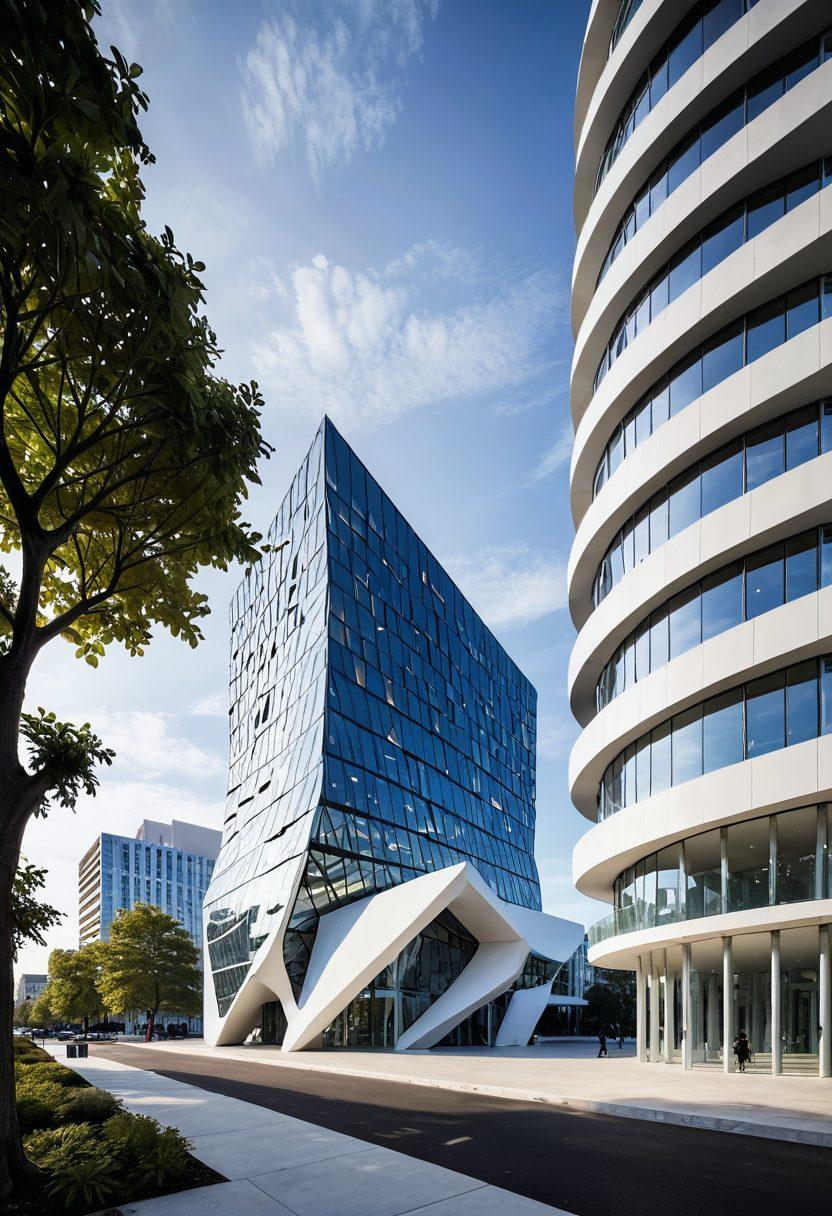Exploring the Art of Transformation: Unveiling the Mysteries of Morphology and Structural Change in Engineering Design
In the world of engineering design, few concepts evoke as much intrigue as the notion of material transformation. Imagine a simple block of metal being reconfigured, reshaped, and molded into an intricate design that captures the imagination. That's the beauty of delforation and del foro – processes that speak to the heart of material alteration. But what truly happens during these processes? How do engineers skillfully navigate the waters of deformation and contortion? Let’s embark on this fascinating journey to unlock the secrets of material transformation in engineering design.
At the core of structural change lies morphology – another key player in the game of geometric transformation. Morphology examines the forms and structures a material can take on as it undergoes modification. Whether you’re exploring the elegant curves of a car's body or the sturdy framework of a building, understanding the nuances of shape change isn't just academic; it’s essential for any engineer. What if we told you that by mastering morphology, engineers can predict and enhance physical change? The possibilities are indeed endless!
Every engineering project begins with a robust design phase, but what happens when the original vision must adapt? Deformity, a term often associated with negative connotations, can actually be a catalyst for innovation. Picture this: an architect’s design is met with unexpected challenges. Instead of discarding the original idea, they embrace the distortion, altering the structure in ways that enhance its aesthetic and functional appeal. Have you ever experienced a moment when a setback led to something truly remarkable?
Think of the greatest inventions in engineering history. Many were born out of the need to address deformities in design or to embrace the potential for structural change. The classic example of this is the iconic Eiffel Tower, a testament to how contortion and imagination can converge. Gustave Eiffel dared to transform traditional notions of architecture. His willingness to manipulate materials allowed him to push boundaries and challenge perceptions. How can you channel that spirit of innovation in your own engineering endeavors?
As we dive deeper into the realm of material transformation, we see that the journey of engineering design is filled with chance and uncertainty. However, it is precisely in these moments that engineers have the opportunity to innovate. By embracing the complex dance of deformation and transformation, they can create designs that not only function well but also captivate the eye and inspire those who encounter them. The next time you engage in a project, consider the potential of altering your original plans. Could embracing the unexpected lead to your very own engineering masterpiece?
From Deformation to Innovation: The Impact of Morphology on Structural Change
In the world of engineering design, transformation is more than just a buzzword; it is a fundamental principle that shapes the essence of innovation. The journey from deformation to innovation reveals a stunning interplay between morphology and structural change. But have you ever paused to consider how the very shape and form of materials can ignite a revolution in design practices? It’s in this intriguing dance of deformation and innovation that we uncover the secrets of engineering's greatest achievements. From the bending of steel to the shaping of silicone, this transformation allows us to sculpt the future in ways we once thought impossible.
Picture a time-lapse of a flower blooming or the slow, mesmerizing flow of a molten material. These moments serve as vivid metaphors for the processes of modification and alteration in engineering design. At the core of it, deformation, or distressing the natural shape of materials, often contradicts what we perceive as deformation or deformity. Yet, within this apparent chaos, lies the path to precise design and structural enhancement. 'Transformation is the birthplace of innovation,' we often hear – but why? What magic occurs from an initial distortion that births a superior form?
Morphology plays a crucial role in these transformations. Think about it: the architecture of a bridge, the aerodynamics of a vehicle, or the texture of a smartphone. Each of these structures relies on geometric transformation to ensure durability and functionality. The art of shape change, or even its contortion, becomes the key that unlocks endless possibilities for engineering design. As we stretch the boundaries of how materials respond to physical change, we're presented with opportunities that challenge conventional thinking. Can you imagine a world where the limits of materials no longer dictate our designs?
As we dive deeper into the impact of morphology on structural change, we see cases of material alteration sparking revolutionary designs. Take, for instance, the flexible electronics that adapt and move with their surroundings. It's this altercation of expected properties that brings about new applications, showcasing how an originally flawed design can lead to extraordinary advancements. Consider how much can be achieved simply by embracing transformation, rather than shying away from it. What if our biggest achievements were rooted not in the perfectly planned, but in the artful deformation of ideas and materials?
Ultimately, the road from structural change to innovation isn’t merely about adjusting shapes and forms; it’s about the belief that every contorted or distorted material can birth new potential. Each alteration we make is a testament to our ability to envision something greater. As we continue to explore and push the boundaries of what is possible within engineering design, ask yourself: how much of your work could benefit from a little distortion? It’s time to embrace the art of transformation and redefine what’s achievable.
The Power of Geometric Transformation: How Shape Change Influences Engineering Solutions
In the realm of engineering design, few concepts capture the imagination quite like geometric transformation. It's the magic that bridges the gap between raw materials and innovative solutions, revamping notions of standard shapes into something extraordinary. Imagine a mundane piece of metal morphing into a sleek, aerodynamic structure that flies through the air with grace. It's this dance of physical change—shapes bending, stretching, or even altering—to create something new and functional that makes transformation so powerful. Have you ever stopped to think how often our world is guided by the shape change of materials?
Transformation can provoke thoughts of change, but in engineering, it often springs from necessity. Consider a scenario where delforation—a separation or removal of material—is essential for creating a specific component. The art of deformation becomes a critical skill; one must master the delicate balance of distorting material without compromising its integrity. The ability to manipulate geometry through manipulating elements like stretched, compressed, or contorted forms urges engineers to think outside the box. How does one envision new structures while honoring the properties of materials used?
Geometric transformation is not just about altering shapes; it’s about understanding morphology and how various structures can emerge from simple forms. The relationship between material alteration and functional capability can be mesmerizing. For instance, consider a bridge. What if its arches were redesigned to provide maximum strength with minimal use of materials? Such modifications are a culmination of both artistic vision and scientific insight. It challenges engineers to ponder: How do we redefine strength through shape?
Moreover, the implications of structural change can reach far beyond simple visual appeal. A bridge designed using intricate morphology could endure extreme weather conditions, showcasing the untapped potential of transformation. The future of engineering design may very well hinge on our ability to grasp these concepts, leading to safer, more efficient, and sustainable solutions. As we dive deeper into understanding the nuances of distortion and alteration, the question arises: Are we ready to embrace the next wave of innovation that shape change can offer?
In conclusion, the power of geometric transformation in engineering design is undeniable. It teaches us that every alteration, no matter how small, carries the potential to revolutionize our approaches to technology and design. Just as nature shapes itself in response to its environment, so too must we learn to adapt and innovate amidst the demands of modern challenges. With every deformation and transformation, we unlock new possibilities that can redefine our existence. So, the next time you encounter a form just sitting there, think beyond its surface and ask yourself: What could this shape become?


